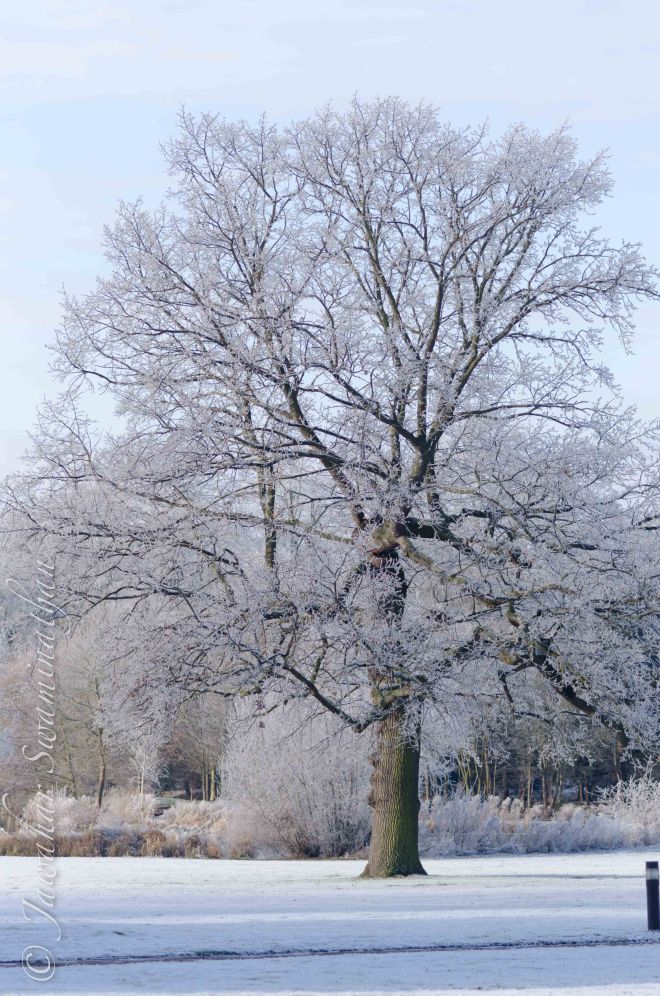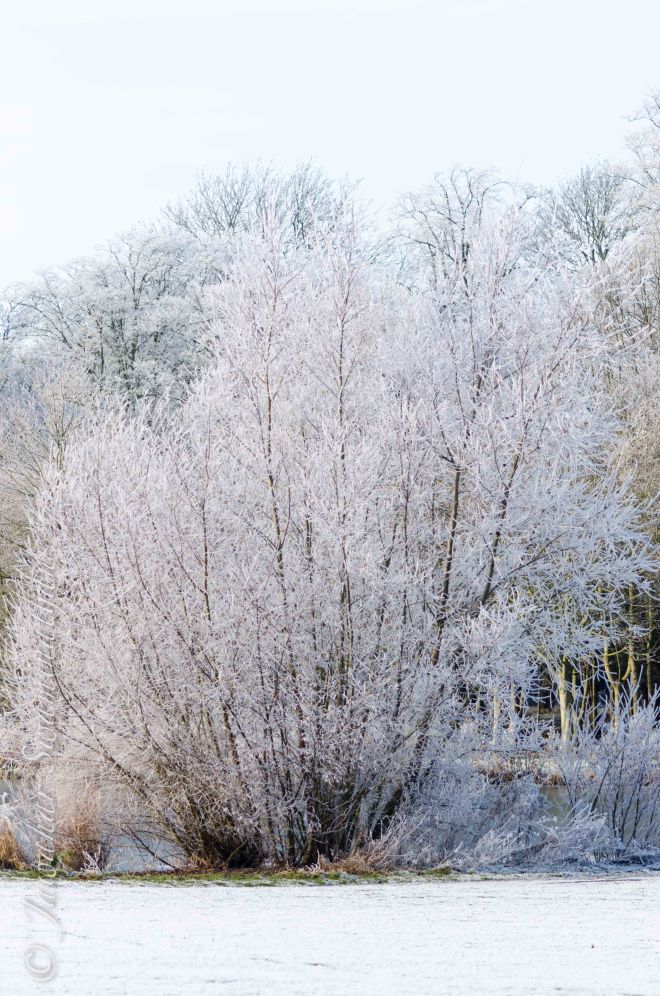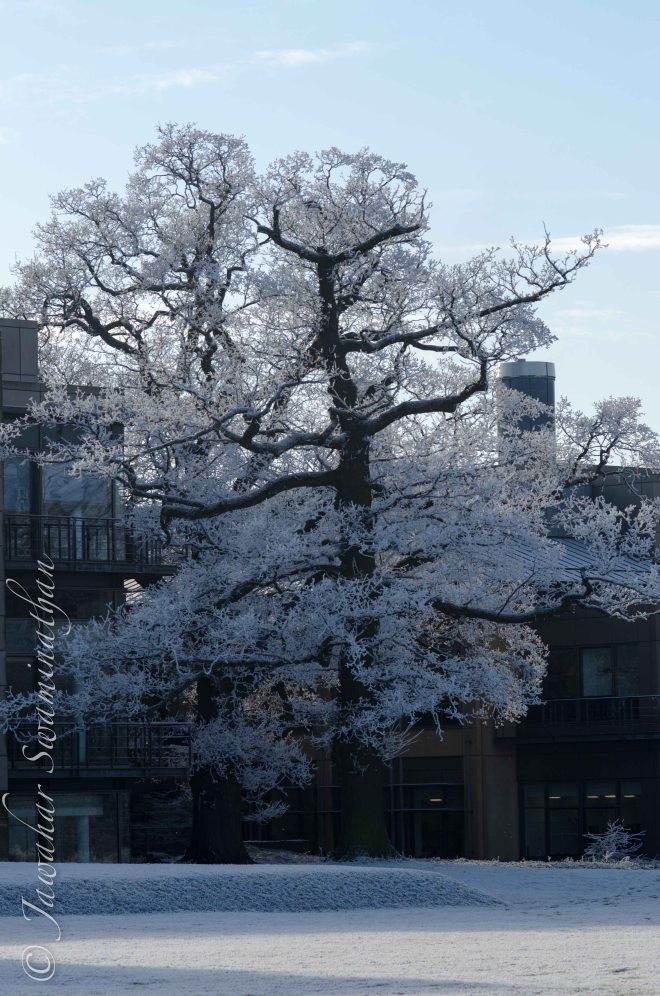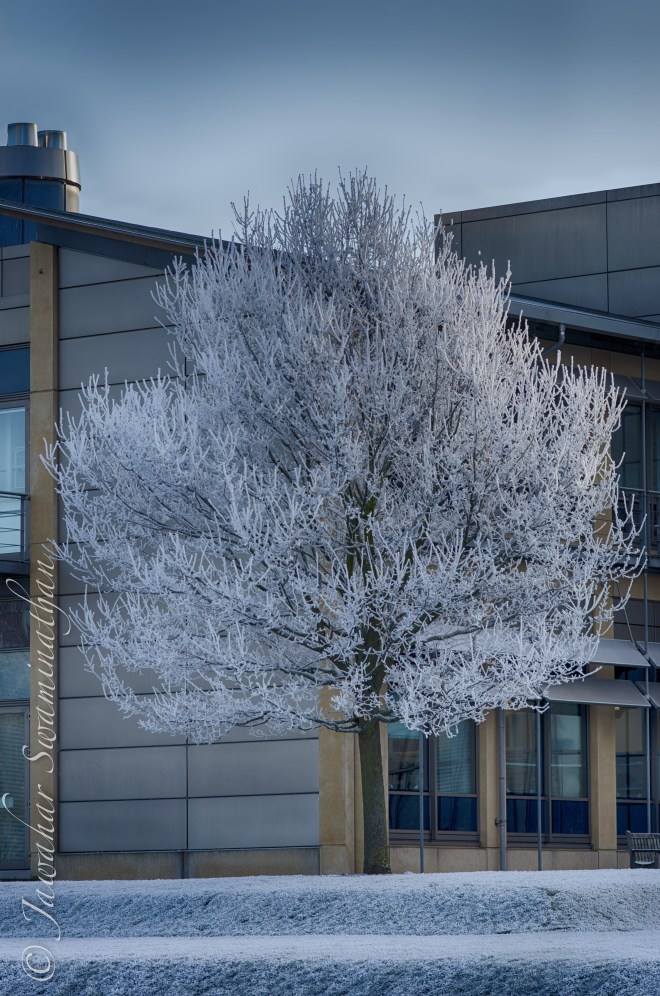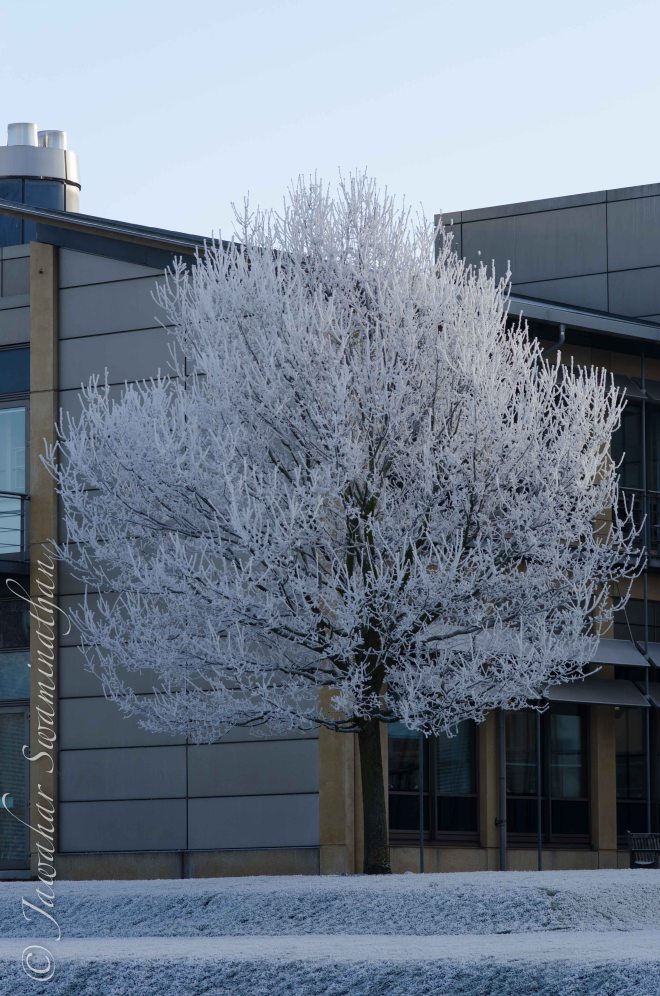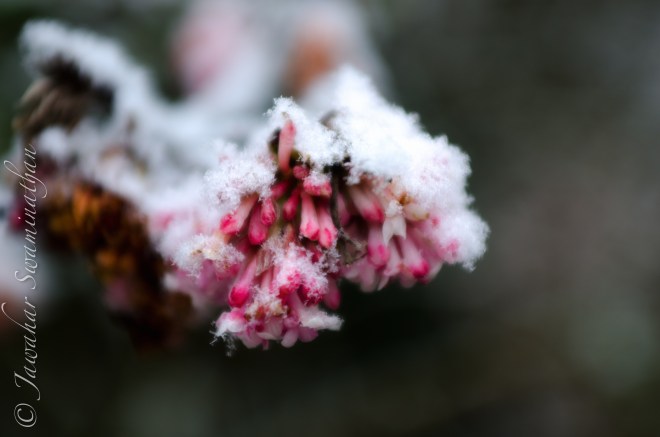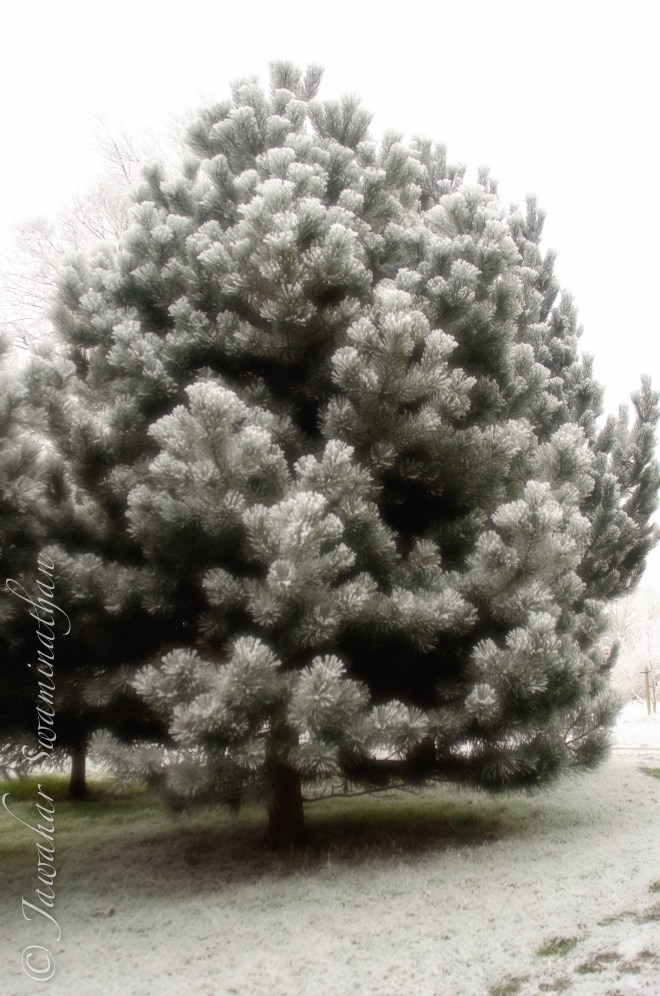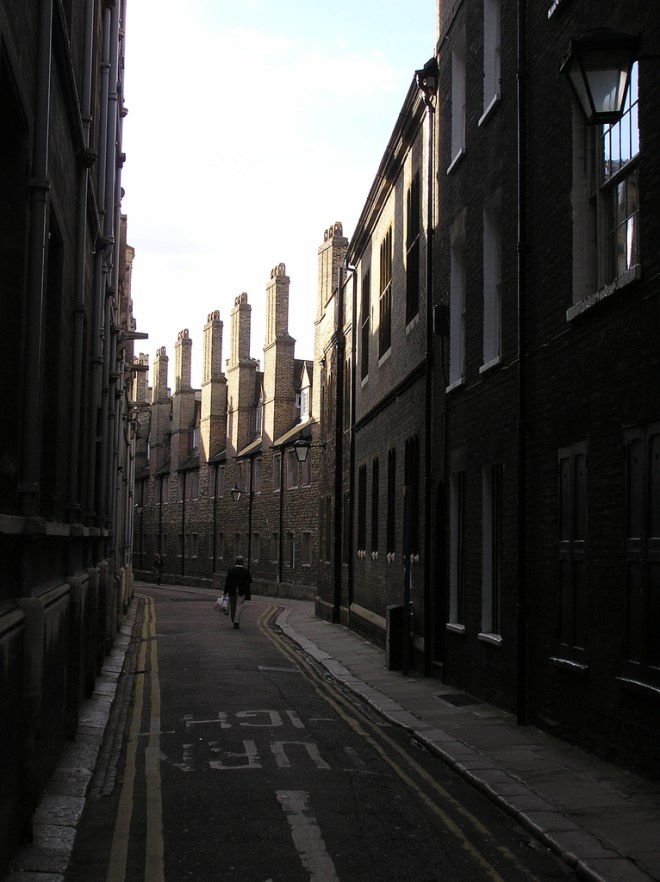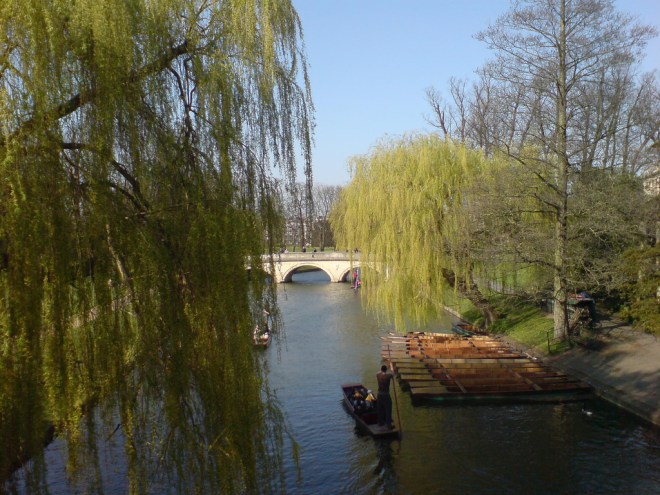No trip to Hyderabad in India can be considered complete without a visit to the magnificent, awe-inspiring Golconda Fort. Situated a few miles out of the twin cities of Hyderabad and Secundarabad, the Golconda fort shows a formidable presence in the horizon. The fort itself dates back to original construction by the Kakatiya dynasty (a branch of the Chalukya rulers of south india in the 12th century.

The fort was expanded and further fortified by the Qutub Shahi kings of Hyderabad in the 16th century when they made Golconda the capital of their kingdom.
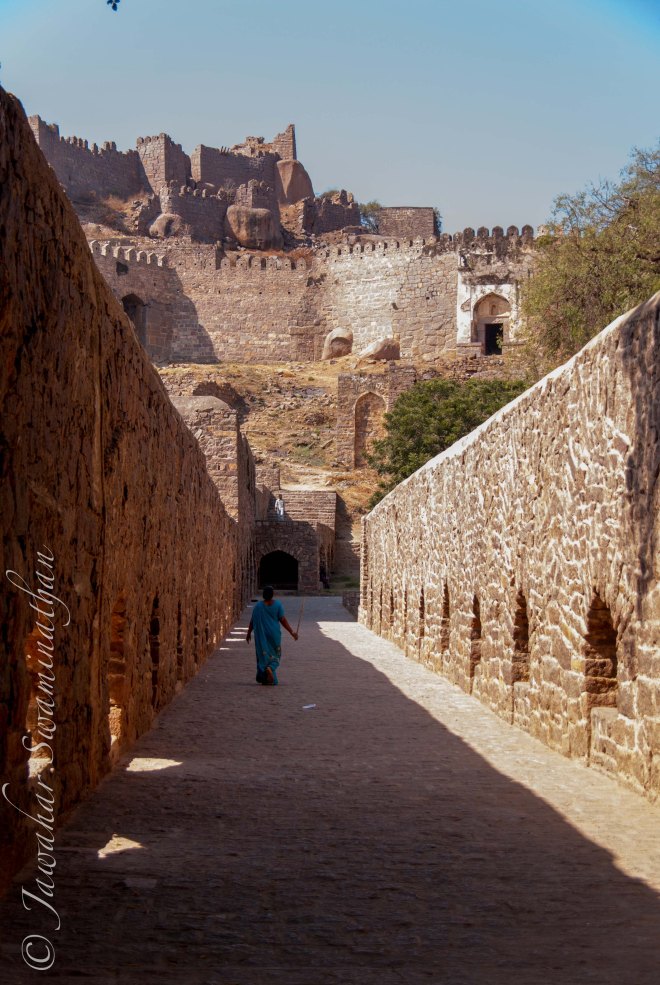
The fort itself is in many levels, with the imperial residences at the very top of the citadel (120 metres above), while the lower levels served as garrison quarters and administrative offices. The fort is surrounded by a wall 10KM long with many bastions to ward off attackers.

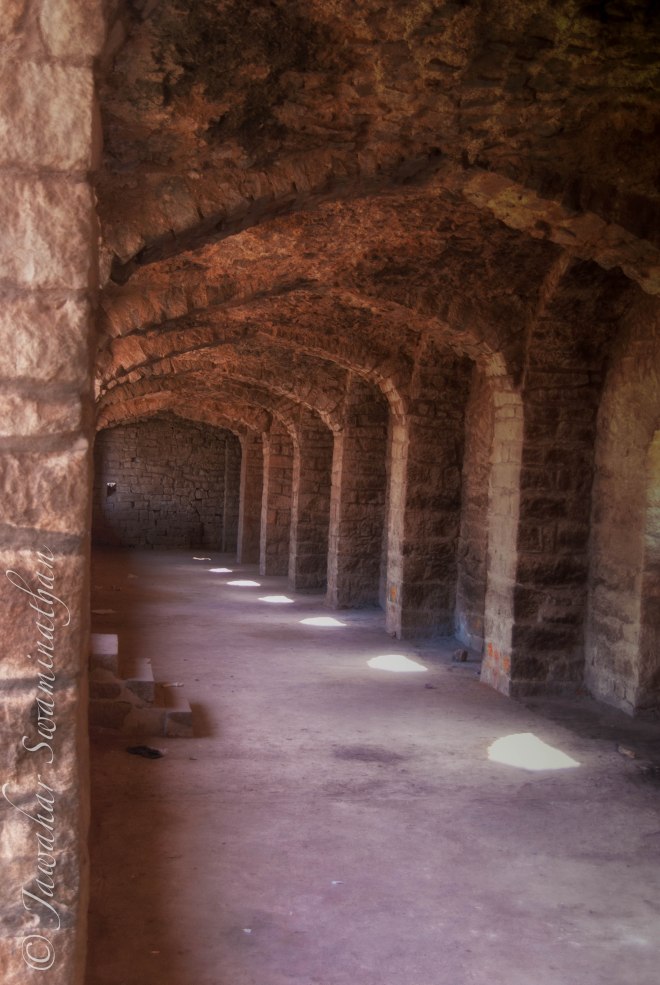

There are over 80 semi-circular bastions in the fort (below) that provided excellent 360 degree view of the neighbouring countryside.

More photographs of the challenging climb to the top of the fort follows in part 2 of this fort. Please click on any of the pictures above t see a larger version. All photographs from a Nikon D80 camera with a Tamron 18-250mm lens. Processed in Adobe Lightroom and Nik Color Efex Pro.

